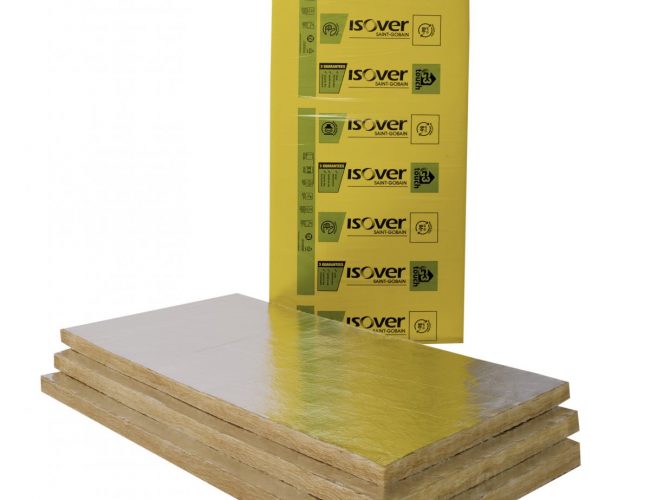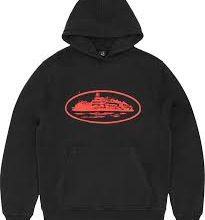The Most Effective Insulation R Value Guide For Pipe Insulation

The most suitable pipe insulation material for your pipes will differ according to a number of aspects, such as the location and type of pipes that you have as well as the reason for insulation the pipes Waterproof pipe insulation .
The materials used for ductwork insulation of pipes, like fibreglass, are ideal for pipes exposed to high temperatures. Foam and rubber are better choices for pipes that are cold but can be use for hot pipes too Waterproof pipe insulation .
For you to decide which one is most suitable for your project, we’ll review the three most commonly used pipe insulation products, each kind’s uses, and where they are most effective to ensure you pick the one(s) which best fits your particular requirements and budget Waterproof pipe insulation .
Three Things To Consider When Deciding On The Pipe Insulation You Want To Use.
There are some aspects to take into consideration when you plan for the insulation of your pipes like their location, type and location and the reasons you’ll need to insulate them.
1. Location
The position of your pipes will determine whether you should put them in an insulated area or not.
If they’re outside or in a room that isn’t heated or basement, such as an unfinished one or crawl space you’ll have to insulate them to avoid freezing, particularly if you reside in an area in which temperatures are regularly lower than 32 degrees F.
If that’s the case make sure you choose duct insulation that has the highest R-insulation value.
2. Types Of Pipes
There are a variety of pipes in use in many houses, such as copper pipes, PVC and PEX pipes to name just several. While insulation materials can be extremely versatile, certain types of insulation are more effective than other types, based on the material of the pipe.
3. The Reasons To Insulate Your Pipes
This is among the most important aspects to consider when selecting the most suitable products for pipe insulation. One of the most important motives to insulate Rockwool pipe insulation is to keep the pipes from freezing.
Temperature maintenance is vital. One other reason you should insulate your pipes is to prevent sweating and condensation. In this instance, an insulated hot water pipe will run more efficiently because it stores hot water longer than one that is expose to airflow and elements.
Different Types Of Pipe Insulation
Waterproof pipe insulation comes in various shapes and shapes. If you decide to go with foam or fibreglass insulation, you can get these in tubular pre-form pieces that wrap around pipes, in the form of tape, or as wrapping sheets.
The majority of pipe insulation types score at the lower single decimal. These are among the most popular in the market.
Foam Insulation
Foam insulation is among the most affordable kinds in pipe insulation products. Its price starts at $1.50 for a linear foot. It is suitable for cold and hot pipes, but works best with pipes that are low temperature.
Foam insulation works to copper as well as PVC pipes. It is simple to install and includes an adhesive, which seals after installation.
Fibreglass Insulation
Materials for pipe insulation made of fibreglass work with hot and cold water pipes. However, it is best to apply them to copper pipes that carry hot water because they hold the temperature more effectively over other types of materials.
The most important thing to bear to keep in mind is they are more expensive than other alternatives. The cost per square foot for each linear inch is approximately $2.50 for three up to 6-foot pieces of tubular.
Rubber Insulation
Like fibreglass and foam as well, rubber is an excellent material to use for hot and cold pipes. It can be used with PVC, copper, as well as iron pipe. In terms of cost, the median cost is between fibreglass and foam, around one dollar per linear feet.
Practical Tips To Designing Thermal Insulation Systems
The external pipe insulation is used in almost every piping system, and on a lot of plant machinery used in the power plant. It does not just save the energy used; it also safeguards workers from noise, and helps prevent freezing, and much more.
But, determining the most efficient thermal insulation option isn’t easy. Making a few calculations will assist in ensuring that systems and employees are properly protect, while also optimising the processes variables.
Thermal insulation is use primarily to reduce the loss of heat from hot surfaces as well as heat gain from cold surfaces. Additionally thermal insulation can also be use to offer condensate (anti-sweat) control as well as protection for workers freezing safety, fire prevention noise as well as process management.
This article will explain the basic calculations involved in designs for thermal insulation for cold and hot pipes, which includes the surface temperature and freeze protection calculations.
Fundamental Heat Transfer Calculations
The direction in which heat flows is determine by the direction of the gradient in temperature. The relationships that regulate heat flow are based on whether the transfer occurs via convection, conduction, or radiation.
The various mechanisms of heat transfer will be discuss later along with equations and sources like those of the American Society of Refrigerating, Heating, and Air-Conditioning Engineers which is appropriately note.
Finding The Right Thickness For Insulation Of The Pipeline
Pipelines are use to transport petroleum-base products as well as natural gas over vast distances in frigid environments. This is why the petroleum mixtures might need to be heat prior to being transport through pipelines prior to the refining process begins.
But, as the oil flows into the pipe, it is produce by the fluid when it moves. To lower costs and to reduce heat within the pipe, pipe insulation could be improve through simulation and models.
The Importance Of Insulation In Pipelines
Pipelines offer a cost-effective method to transport fluids such as natural gas, oil as well as water, across the ocean and on land, but they’re expensive to construct. They are made of plastic or steel tubes, which are usually locate deep in the ocean and pump stations are distribute across the entire system to ensure that the fluid is moving.
When a mixture of petroleum is circulate through the pipeline, it creates heat due to the friction force within. The cause of the heat is due to the energy generate through the pumps. The heat is rapidly dissipate when the pipeline is in cold conditions.
In the end, the mixture rises to the same temperature of the outside environment, provid that the pipeline isn’t seal. At lower temperatures, the oil becomes more viscous and can increase the energy use of the pumps.
Additionally Cold petroleum mixtures require to be heat prior to their use in refineries. The process of preheating uses energy and requires an investment to maintain and build.
Enhancing The Insulation Of An Pipeline Through Simulation-Led Design
Base on the minimum thickness require for insulation, we can calculate the costs of the investment and then decide whether the costs are influence by the lower cost of preheating and pumping.
We could reduce the power consumption during the pumping process, and eliminate preheating as a factor which makes it more energy efficient as well as environmentally green. By understanding the flow of the fluid and the heating transfer process, you can conduct optimization calculations to find the required minimum thickness of insulation to maintain the temperature of the oil.
The results of this specific study of optimization show that the minimal thickness of insulation is about 8.9 millimetres. We can also conduct the same optimization study however, with a minimum oil temperature at the pipe’s end that could reduce the thickness of the insulation (and the price) further.





